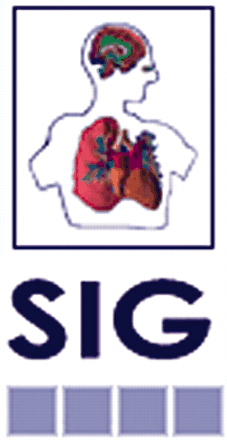Sites of interest on the World Wide Web–edited by Rick Neubig
Insights into Depression
Depression is one of the most common chronic disorders in the US and around the world (see this month’s interview with Kay Jamison, pages 430–435). Although many new therapies are now available, their mechanisms remain obscure. New work, reported in this month’s Viewpoints (pages 441–444), implicates neurogenesis in the therapeutic actions of antidepressants. This intriguing notion is highlighted on the Web site of the National Institute of Mental Health (http://www.nimh.nih.gov/events/prneurogenesis.cfm), along with lay information on the disease (http://www.nimh.nih.gov/publicat/depressionmenu.cfm). A useful brochure on depression in general is also available (http://www.nimh.nih.gov/publicat/depression.cfm), which includes a new initiative to dispel the common belief that depression is a clinical issue primarily for women. While the disease is more common in women, it is clearly a significant health problem for men as well (http://menanddepression.nimh.nih.gov/). The NIMH also has a Genetics and Mental Disorders page listing recent efforts toward identifying the genetic basis of mental disorders (http://www.nimh.nih.gov/research/genetics.htm).
Molecular Biology of Muscular Dystrophy
The roles of caveolin in biology and disease include the effect of caveolin-3 mutations in limb-girdle muscular dystrophies (see the Review Article by Hnasko and Lisanti on pages 445–464). The Leiden Muscular Dystrophy Pages have information concerning a wide variety of the molecular alterations that contribute to muscular dystrophies, including the role of caveolin-3. Each molecule that has been found to be mutated in a muscular dystrophy has a page of its own, with structural, genetic, and other useful biological information.
Could you dissect that for me?
Keeping track of how different anatomic regions relate to one another (especially in the brain) can be difficult. Fortunately, the Digital Anatomist Information System of the University of Washington can help (http://sig.biostr.washington.edu/projects/da/). After clicking on “Online Interactive Atlases,” you can go to various organs, such as the brain, thorax, and joints to get multiple anatomical perspectives. Clicking on an anatomical region will reveal its name, and it can then be highlighted in the context of a large area to reveal contacts and relations among various anatomical structures.
IUPHAR Ion Channel Compendium
The “IUPHAR Compendium of Voltage-gated Ion Channels 2002,” edited by Catterall, Chandy, and Gutman, is now available in pdf form on the IUPHAR Receptor Database site (http://www.iuphar-db.org/iuphar-ic/ionChannel.html). From the main entry page, you can see the five general families of ion channels (sodium, calcium, potassium, cyclic nuceotide, and transient receptor potential). Clicking on each family will reveal links to a general introductory monograph on that family plus a monograph on each gene for an ion-conducting subunit. The compendium was prepared for the NC-IUPHAR receptor nomenclature committee and has the latest channel nomenclature as well as much electrophysiological, biological, and pharmacological information about the channels. Accompanying the ion channel compendium is a database of G protein–coupled receptors (http://www.iuphar-db.org/iuphar-rd/index.html). In addition to the formatted database of GPCR Families that has previously been published in a similar IUPHAR Compendium, there is a complete “Receptor List” of all GPCR genes (excluding sensory receptors) (http://www.iuphar-db.org/iuphar-rd/list/index.htm).
- © American Society for Pharmacology and Experimental Theraputics 2003





